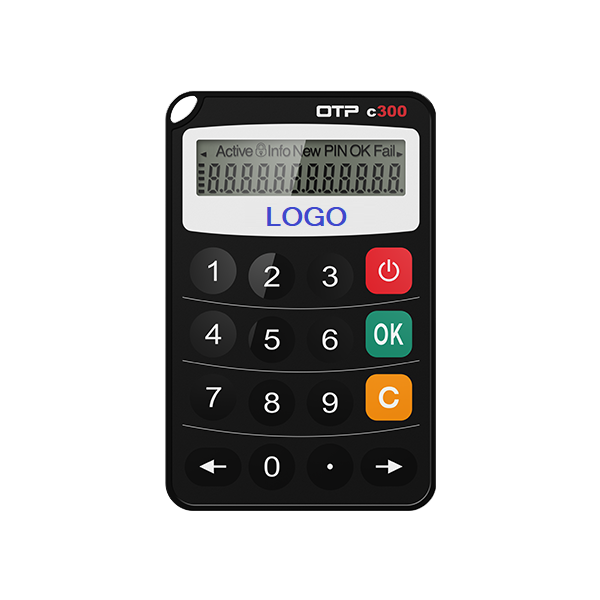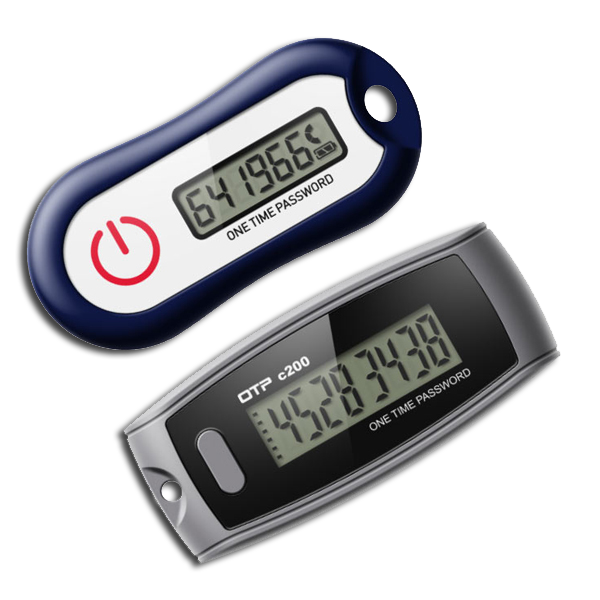
OTP Authentication Hardware Tokens – C100/C200/C300 for sale
OTP Authentication
OTP Authentication Hardware Tokens
Secure One-Time Password (OTP) Authentication – C100 / C200 / C300 OTP hardware token
Types of OTP Hardware Tokens & Authentication Solutions
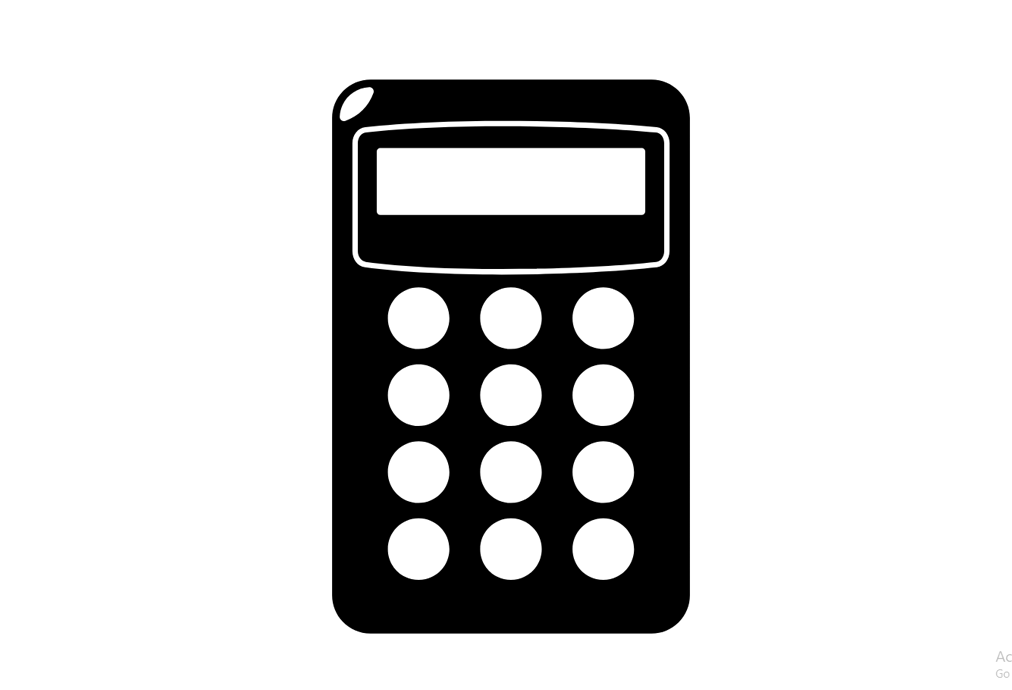
E-signature OTP
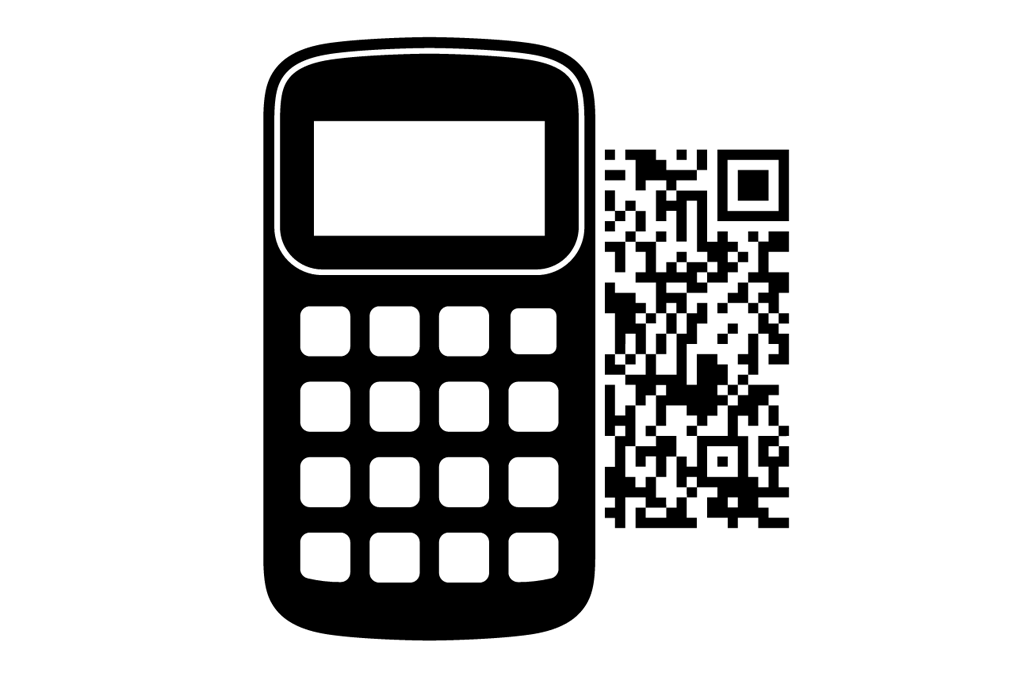
QR Code OTP

Mobile/Watch OTP

Authentication System

Seed Programming
Description
Secure OTP Authentication Hardware Tokens – C100 / C200 / C300 Devices
One-Time Password (OTP) Authentication Products provide robust security by generating highly secure, time-sensitive or event-based passwords. These OTPs ensure that only authorized users can access critical applications, sensitive data, and protected systems, reducing the risk of unauthorized access, identity theft, and cyberattacks.
One-Time Password (OTP) Authentication Products
In today’s digital world, securing access to sensitive applications, systems, and data is more critical than ever. One-Time Password (OTP) Authentication Products offer an advanced layer of protection, generating unique, single-use passwords that ensure only authorized users can gain access. By combining reliability, convenience, and top-tier security, OTP devices prevent unauthorized logins, reduce the risk of cyberattacks, and protect your digital assets.
What is OTP Authentication?
OTP authentication is a two-factor authentication (2FA) method that provides a dynamically generated password valid for only a single session or transaction. Unlike static passwords, which can be stolen or reused, OTPs expire quickly, making it nearly impossible for hackers to gain unauthorized access. OTP tokens may be event-based (HOTP), generated on user interaction, or time-based (TOTP), valid for a short, predetermined interval.
Types of OTP Authentication Products
AFT India offers a wide range of OTP authentication devices designed for various enterprise and individual needs:
1. Event-Based OTP (HOTP) Tokens
Event-based OTP devices generate a password each time the user presses a button or initiates a transaction. These devices are perfect for environments where continuous, on-demand authentication is needed without relying on synchronized clocks.
2. Time-Based OTP (TOTP) Tokens
Time-based OTP tokens produce passwords that remain valid only for a fixed time window, typically 30–60 seconds. This method is widely used in online banking, enterprise VPNs, cloud applications, and secure access platforms, providing real-time authentication that adapts to evolving security requirements.
3. Biometric OTP Cards
Biometric OTP cards combine fingerprint recognition with OTP generation for the ultimate security solution. Only the enrolled user can activate the token and generate a valid password, ensuring dual-layer protection for sensitive systems.
4. NFC and USB OTP Devices
For modern enterprises, AFT India offers OTP devices with NFC or USB connectivity, enabling seamless integration with laptops, mobile devices, and point-of-sale systems. These devices simplify secure access while maintaining high-level protection.
Key Features of AFT India OTP Products
- High Security: OTPs are randomly generated, single-use, and time-sensitive, eliminating the risk of password reuse or theft.
- User-Friendly: Simple button or touch activation ensures quick authentication without complex procedures.
- Durable and Portable: Compact form factors allow easy carrying and reliable performance in any environment.
- Compliance Ready: Our OTP devices comply with OATH standards, ensuring compatibility with global authentication systems.
- Multiple Interfaces: Available in USB, NFC, and smart card formats for diverse enterprise applications.
Benefits of OTP Authentication
- Enhanced Security: Significantly reduces phishing, credential theft, and unauthorized access.
- Regulatory Compliance: Meets stringent security regulations for industries like banking, healthcare, and IT.
- Ease of Integration: Supports integration with VPNs, cloud platforms, corporate networks, and financial systems.
- Cost-Effective Protection: Low-maintenance hardware tokens with long lifespans provide a secure alternative to software-only solutions.
- User Confidence: Employees and customers feel secure knowing that access is protected with advanced authentication technology.
Why Choose AFT India OTP Solutions?
AFT India is a trusted provider of cybersecurity hardware, delivering OTP authentication products designed to meet the highest standards of security and reliability. Our solutions are ideal for enterprises, financial institutions, government agencies, and individual users who demand uncompromising protection against cyber threats.
With robust OTP generation technology, multiple device formats, and international standards compliance, AFT India ensures that your systems remain secure while keeping authentication processes simple and efficient.
Secure your applications, protect sensitive data, and empower users with AFT India’s One-Time Password (OTP) Authentication Products today.
Comparisons
| Google Cloud | Microsoft Entra ID | okta | PingIdentity | CISCO Duo Security | salesforce | aws | ||
| C100 Series HOTP | 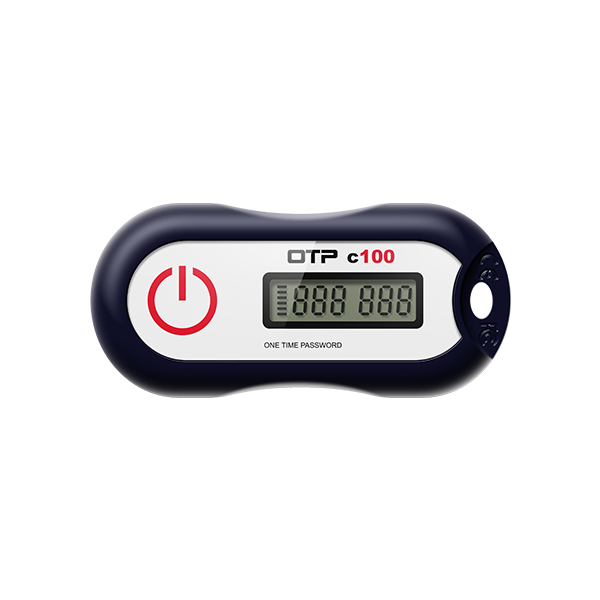 | |||||||
| C200 Series TOTP | 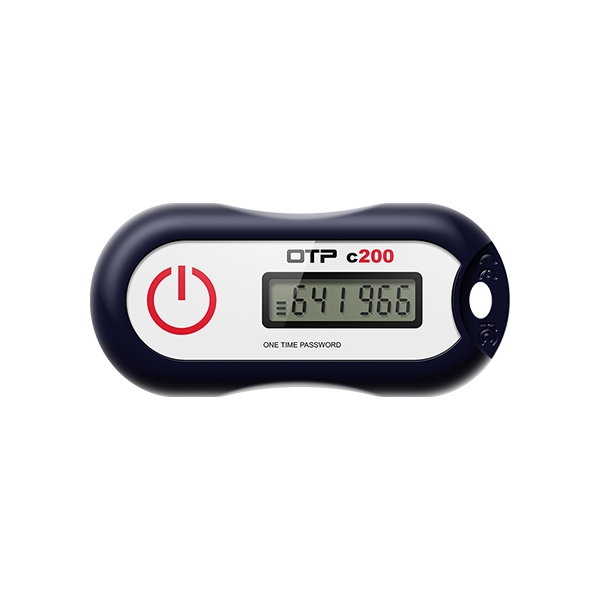 | (Not Recommended) | ||||||
| C300 Series HOTP/TOTP | 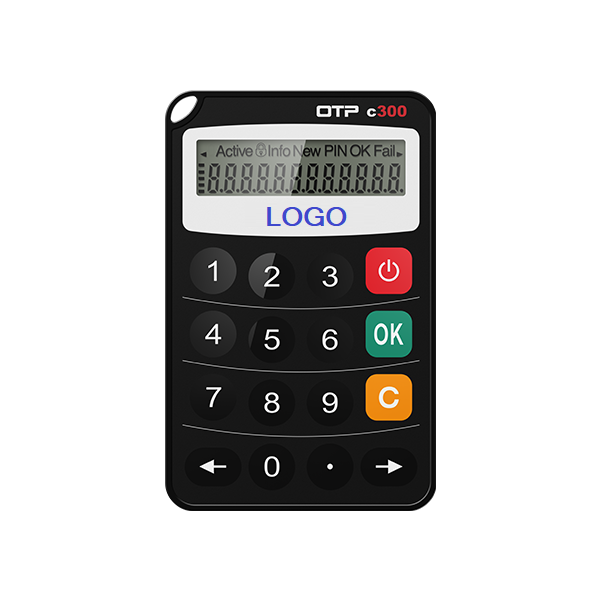 | |||||||
| FIDO Series HOTP/TOTP | 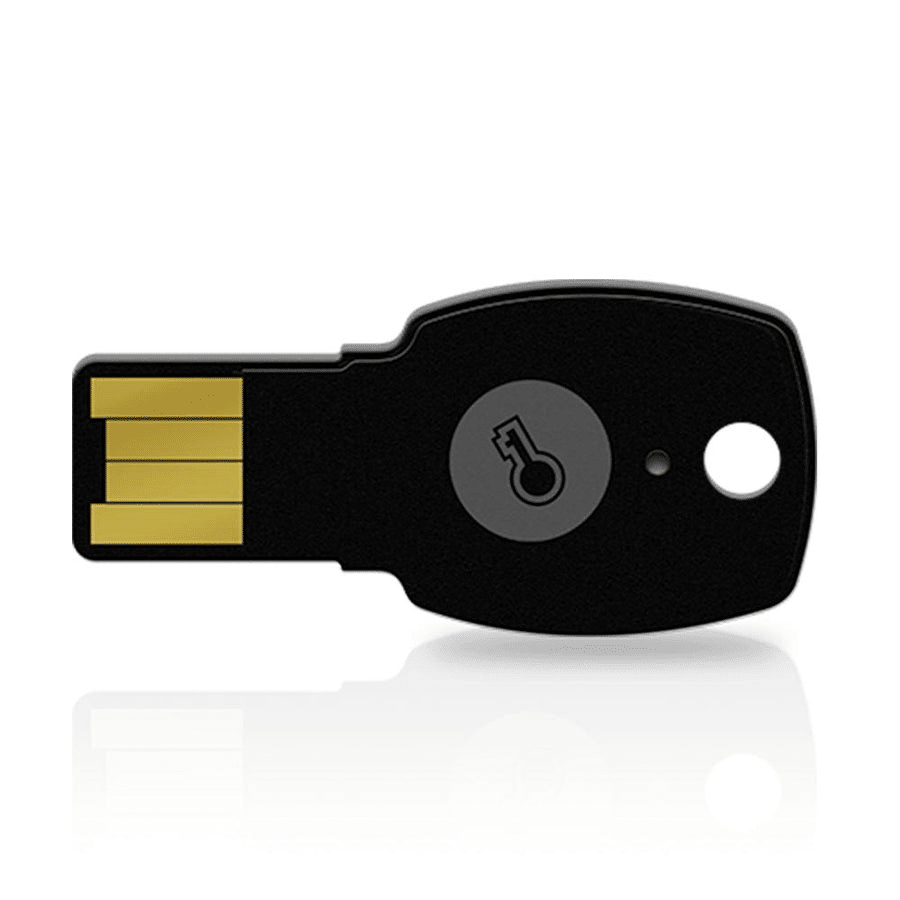 |
OTP Authentication Tokens Specification
| OTP c100 HOTP Token | OTP c200 TOTP Token | OTP c200 NFC TOTP Token | OTP c300 OCRA Token | |
|---|---|---|---|---|
 | 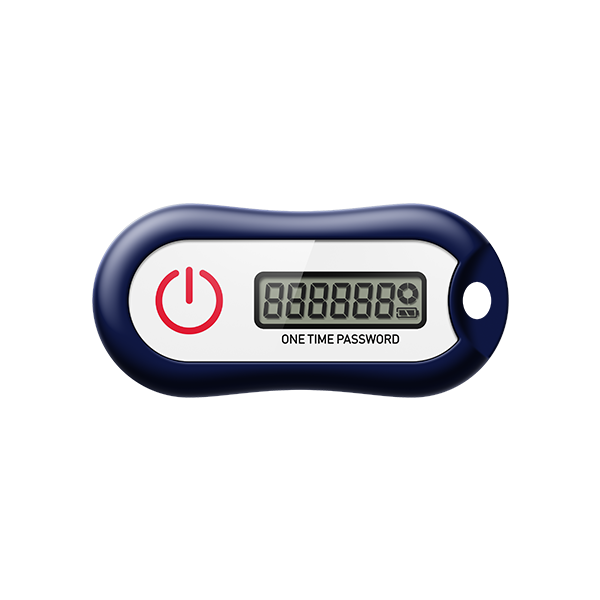 |  |  | |
| OTP Type | OATH Event-Based (HOTP) Token | OATH Time-Based (TOTP) Token | NFC OATH Time-Based (TOTP) Token | OATH Challenge/Response (OCRA) Token |
| Case Style | I34 | I34, H41 | I34 | I20, I27, I33 |
| OTP Algorithm | OATH HOTP, 6 digits, SHA-1 | OATH TOTP, SHA-1 60 second time-step | OATH TOTP, SHA-1 30/60 second time-step | PIN, TOTP/HOTP, Challenge/Response (OCRA) and unlock |
| Programmable Options | Seed Time-step | Seed Time-step Hash algorithm | ||
| OTP Digits | 6 | 6 | 6 | 6 |
| Display | LCD | LCD | LCD | LCD |
| Power Supply | Battery Lifetime: 3 to 5 years | Battery Lifetime: 3 to 5 years | Battery Lifetime: 3 to 5 years | Battery Lifetime: 3 to 5 years |
| Form Factor | Keyfob (see Dimensions) | Keyfob (see Dimensions) | Keyfob (see Dimensions) | Keyfob (see Dimensions) |
| Dimensions | 62 x 29 x 11 mm | 60 x 27 x 10 mm | 62 x 29 x 11 mm | 49.8 x 26 x 8.95 mm |
| Weight | 14.4 g | 16.1 g | 12 g | 12 g |
| Operating Temperature | -10 °C to +50 °C | -10 °C to +50 °C | -10 °C to +50 °C | -10 °C to +50 °C |
| Storage Temperature | -20 °C to +70 °C | -20 °C to +70 °C | -20 °C to +70 °C | -20 °C to +60 °C |
| Ingress Protection (IP Rating) | N/A | IP67 | IP67 | IP67 |
| Compatibility | Duo Security PingID | Microsoft Entra & Azure AD Microsoft 365 & Office 365 Watchguard AuthPoint ESET Smart Authentication PingID | Microsoft Entra & Azure AD Microsoft 365 & Office 365 Watchguard AuthPoint ESET Smart Authentication PingID | Microsoft Entra & Azure AD Microsoft 365 & Office 365 Watchguard AuthPoint ESET Smart Authentication PingID |
| Compliance | RoHS, FCC, CE | RoHS, FCC, CE | RoHS, FCC, CE | RoHS, FCC, CE |
| Customization | Fully customizable color face-plates, front and back Configurable algorithm Customization minimum order quantity: 500 | Fully customizable color face-plates, front and back 8-digit display Configurable algorithm Configurable time-step value Customization minimum order quantity: 500 | Fully customizable color face-plates, front and back Configurable algorithm Customization minimum order quantity: 500 | Please contact us to discuss customization of this product. |
OTP Authentication: Secure Your Platform with One-Time Passwords
A one-time password (OTP), also known as a one-time PIN, one-time passcode, one-time authorization code (OTAC), or dynamic password, is a password that is valid for only one login session or transaction on a computer system or other digital device. One-Time Password (OTP) Authentication avoids several shortcomings associated with traditional static password-based authentication. Many implementations include two-factor verification by ensuring that the one-time password requires access to something a person has (e.g., a hardware device or smartphone) and something they know (e.g., a PIN).
OTP generation algorithms use pseudo randomness or randomness to produce a shared key or seed, along with cryptographic hash functions that are difficult to reverse. Without this, it would be easy to predict future OTPs from previous ones. OTPs have been discussed as both a replacement and enhancement to traditional passwords. However, they can still be intercepted, and physical tokens may be lost or stolen. Poor implementation of OTP systems leaves them vulnerable to phishing, allowing attackers to impersonate legitimate users.
